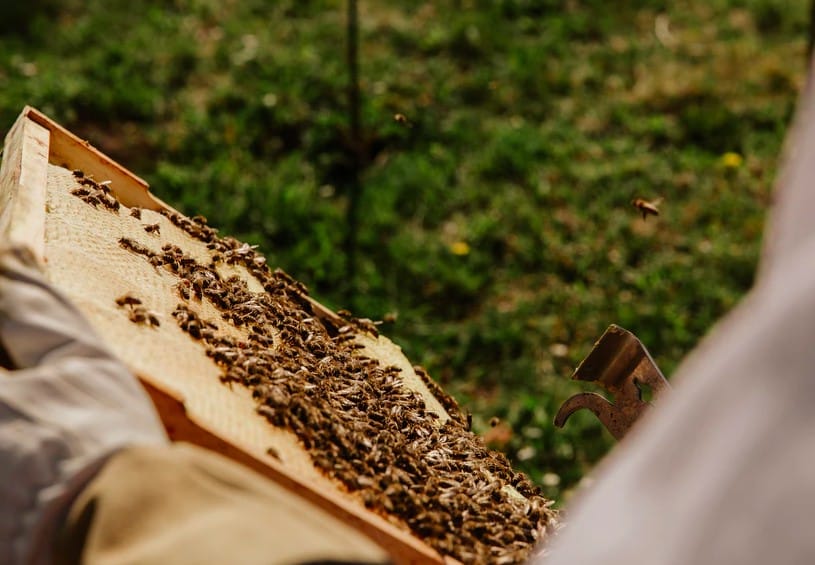Over the years, countries around the world have approached beekeeping in different ways and at different times. This is because apis mellifera (the common bee we see in our cities) is not present everywhere, and in countries where it is not present, different ways of doing beekeeping have been studied.
An example of this is the Amazon rainforest with its indigenous people, first and foremost the Muijana: this community aimed to find a way to earn a living in a sustainable way, therefore preserving the surrounding environment. This brought the community closer to beekeeping. In the Amazon there is a type of stingless bee that produces a kind of honey that is highly valued in Peru for its unique taste and medicinal qualities, so it was in this area that the first stingless beekeepers were born. The advantage of dealing with this type of bee is that the whole family can take care of it, as there are no dangers related to stings.
Initially, however, this type of beekeeping was not carried out in a sustainable way, which caused Oneplanet, in association with the Muijanas and Asociaciòn La Restinga, to create a sustainable stingless beekeeping project, with the creation of specific projects that safeguard the environment and local culture.
Michael Gilmore, Ph.D., has worked with this community for 20 years. He has observed that households within this community earn about €500 per year. Gilmore calculated that in 6 months the income due to beekeeping activities is about €400, almost double that of households where no beekeeping is practiced. Currently, there are more than 120 beehives in 3 Muijana communities in the Amazon, with the collaboration of the Grand Circle foundation that will help this population make beekeeping sustainable.
In general, globally there is a huge variety of climates and ecosystems, many of them not particularly conducive to the development of an activity such as beekeeping; in spite of this, humans have been able to adapt in such a way as to take advantage of the available resources and still manage to practice this activity, even in “original” ways.
In Iceland, for example, as there are very long winters, bees create a glomere inside the hive, staying close to each other and forming a ball inside the hive to warm themselves, feeding on the honey inside the hive and the mix of water and sugar provided by the beekeeper. In this way, die-offs in the winter period are avoided and, in the spring, pollination and honey production (which in Iceland, being rare, is very valuable and therefore expensive) can resume.
